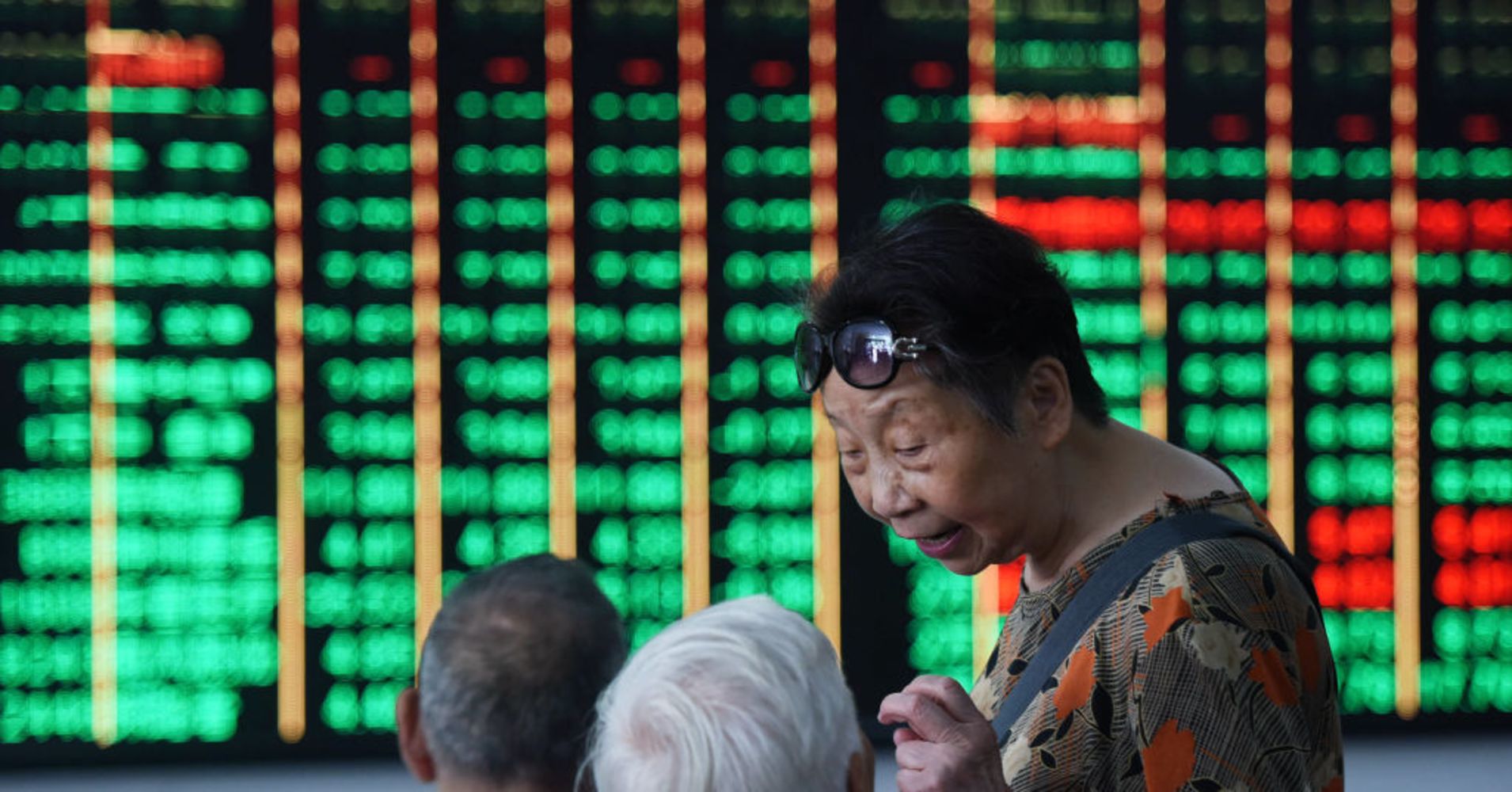
Mainland China markets are languishing in bear market territory as investor concerns over an ongoing trade dispute between Washington and Beijing and a slowing economy weigh on sentiment.
The benchmark Shanghai composite closed officially in bear market — referring to a decline of at least 20 percent from recent highs — on Tuesday. The smaller Shenzhen composite moved into bear market territory in February this year. The Shanghai and Shenzhen composites were down around 21 percent and 26 percent, respectively, from their 52-week highs, as of Asia afternoon trade on Wednesday.
Among the factors weighing on the market is the elevation in trade tensions between the U.S. and China, the world’s two largest economies, in recent months.
In the days ahead, markets are awaiting potential announcements on the Trump administration’s plan to curb Chinese investments in U.S. technology, although messaging on those measures from the White House has proven conflicting. The U.S. is also set to impose an additional 25 percent tariff on $34 billion in Chinese imports on July 6, with duties on a further $16 billion in Chinese goods in the works.
Although the macroeconomic impact of those tariffs is seen as marginal, the trade measures could likely have a substantial knock-on effect given the complicated nature of global supply chains.
“If you only focus on the $50 billion tariff, the macro-impact is still very limited … The more worrisome news is more on the non-tariff parts, which is on investment restriction, and that could lead to a disruption in the global production line and also global trade,” Haibin Zhu, chief China economist at J.P. Morgan, told CNBC’s “The Rundown.”
“If you put them together, clearly the market is becoming much more nervous and the nervousness is more severe in the onshore investor compared to the global investor.”
Apart from trade, the slowing domestic economy has also led to some concern among investors, with questions lingering about the economic outlook for the country. That also comes on the back of May economic data, including fixed-asset investment growth and retail sales, missing expectations.
Declines in the mainland markets also come as the Chinese currency extended its losses against the dollar. The People’s Bank of China set the official yuan midpoint at its lowest level in six months on Wednesday.
“I would say that the concerns about trade, compounded with the existing data that may, in the near future, pose another surprise for the market are indeed aggravating the risk that we’re seeing on the currency right now,” Helen Qiao, chief greater China economist at Bank of America Merrill Lynch, told CNBC’s “Street Signs.”
While analysts said volatility is expected to persist in the near term, the approaching second half of the year could prove to be a turning point of sorts.
“In the short term, I think we’ll still be stuck with volatility … The trade dispute, the news flow coming out changes every day, but I think people have been pricing it pretty negatively,” said Kevin Leung, executive director for investment strategy at Haitong International Securities.
“The negotiations will definitely drag on so I think this will be a long-term thing,” but investors could become more immune to trade-related headlines and return their focus to fundamentals as interim earnings for Chinese corporates start rolling in, said Leung.
On Wednesday, the Shanghai composite declined 0.74 percent and the blue-chip CSI 300 fell 1.59 percent by 1:10 p.m. HK/SIN. The Shenzhen composite, meanwhile, was down 0.87 percent.

